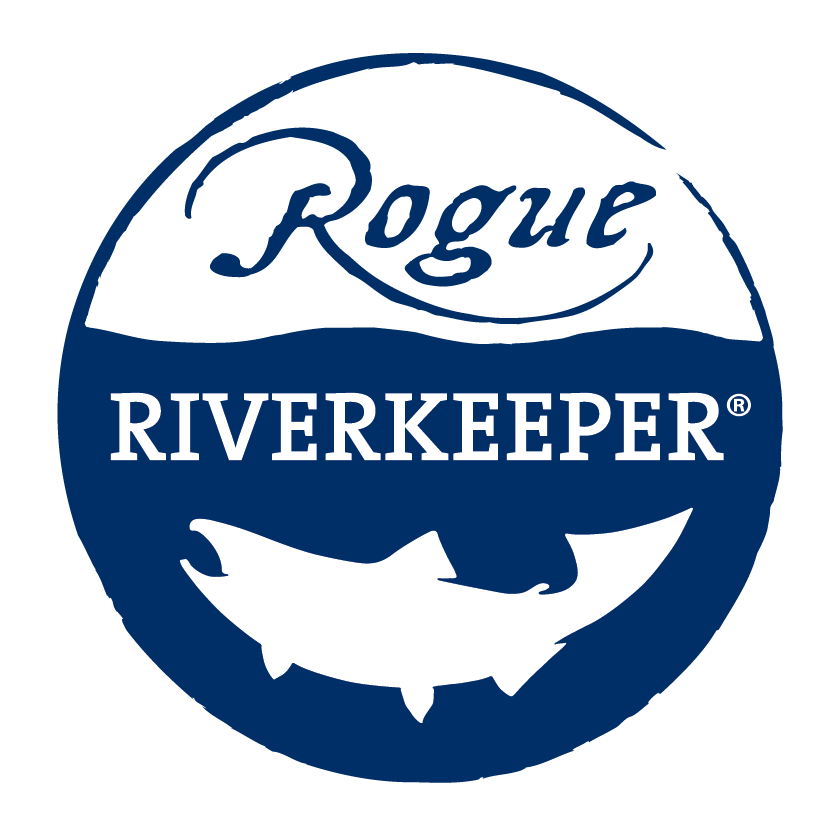UPDATE: Waters of the United States (WOTUS) Ruling
UPDATED ON MAY 30, 2023
Last week, an opinion was reached by the Supreme Court in the case of Sackett v. Environmental Protection Agency. This case brought against the EPA to further loosen the definition of waterways afforded protection under the Clean Water Act was successful. The Court holds that the CWA extends to only those wetlands that are, “as a practical matter, indistinguishable from Waters of the United States.” The EPA is now limited to issuing ineffective clean water standards by excluding tens of millions of acres of wetlands from the Clean Water Act’s oversight.
Congress intended for the CWA to be the overriding statute to protect the nation’s waters and limiting its jurisdiction could pollute and degrade waters of significant national importance, such as Oregon’s iconic Crater Lake. We need every tool in the toolbox to stop big polluters from indiscriminately bulldozing our wetlands and dumping waste into our streams. While last week’s ruling damages our nation’s bedrock clean water law, it’s essential we take full advantage of tools that remain to protect the Rogue River waterways our families and communities rely on for drinking, swimming, fishing, fueling local economies, and more.
Rogue Riverkeeper needs you to act now by telling Congress they don’t get to sit this one out. Tell your members of Congress to prioritize clean water in the upcoming term. Take action for America’s clean water today.
Written by Emily Bowes on Febrary 27, 2023
To celebrate the 50th anniversary of the Clean Water Act (CWA), Rogue Riverkeeper asked our supporters to help defend clean water by sending letters to the EPA requesting the definition of a protected waterway be strengthened under the Clean Water Act. Passed by Congress in 1972, the Clean Water Act was enacted to “restore and maintain the chemical, physical, and biological integrity of the Nation’s waters” thus making it illegal to discharge pollutants or dredge or fill material into protected waters. Waterways protected under this act are identified as navigable waters of the United States or “WOTUS”. Some waters very clearly have satisfied the definition of WOTUS while others, particularly wetlands, have difficulty fitting into the “navigable” definition and therefore require further assessment and definition if they are to be protected under the Clean Water Act. In the last fifty years there have been several attempts to clarify the WOTUS definition but in 2021 President Biden issued an executive order directing EPA to review and revise the regulations defining a water of the United States. On December 30th 2022, the Environmental Protection Agency (EPA), announced the conclusion of its rule revision process. In the new 2022 WOTUS rule, the EPA identifies five categories of waters that will now fall under CWA jurisdiction.
Those categories are:
Traditional navigable waters that currently are, or were used in the past, or could be used in the future for interstate or foreign commerce, including all waters that are subject to the ebb and flow of the tide; the territorial seas; and interstate waters, including interstate wetlands (collectively, “traditional navigable waters”).
Impoundments of waters otherwise identified as a WOTUS, except for impoundments of waters identified under the fifth category of WOTUS (collectively, “impoundments”).
Tributaries of traditional navigable waters or impoundments that are either: relatively permanent, standing or continuously flowing bodies of water; or that alone or in combination with similarly situated waters in the region significantly affect the chemical, physical, or biological integrity of traditional navigable waters (collectively, “tributaries”).
Wetlands adjacent to any of the following: traditional navigable waters; a relatively permanent, standing or continuously flowing impoundment or tributary; an impoundment or tributary if the wetlands either alone or in combination with similarly situated waters in the region significantly affect the chemical, physical, or biological integrity of a traditional navigable water (collectively, “adjacent wetlands”).
Interstate lakes and ponds, streams, or wetlands that do not fall into any of the above categories provided the water is either: relatively permanent, standing or continuously flowing and shares a surface connection with a traditional navigable water, impoundment, or tributary; or on its own or in combination with similarly situated waters in the region significantly affects the chemical, physical, or biological integrity of a traditional navigable water (collectively, “jurisdictional interstate waters”).
With this new ruling the EPA also lays out how they expect this rule to function when determining if a waterway falls under protection of the Clean Water Act. The EPA will begin its WOTUS analysis by first considering if a waterbody qualifies as any of the five definitions outlined above. If a waterbody does not fall under any one of these five categories then the waterbody is not WOTUS and will not receive protection under the Clean Water Act. The original intention of having such an open definition of a water of the United States was to protect as many waterways as possible. However under this new rule many waterways and water bodies will lose their protection under the Clean Water Act if they do not fall under one of these categories. This could be the case with the iconic symbol of the State of Oregon, Crater Lake.
On January 18, 2023 this new rule was introduced to the Federal Register but will not go into legal effect until March 20, 2023. While the 2022 WOTUS rule marks the end of EPA’s most recent rulemaking process to redefine WOTUS, the definition is under fire from other sources as well. In October 2022, the United States Supreme Court heard oral arguments on Sackett v. EPA, where the Court was asked to revisit a previous ruling of WOTUS to further loosen the definition. The Court’s opinion in that lawsuit is expected to be issued later in 2023. But depending on what is in the Court’s final decision, it may be necessary for EPA to revise the definition of WOTUS once again otherwise further lawsuits from additional parties will seek to further weaken the WOTUS definition.


